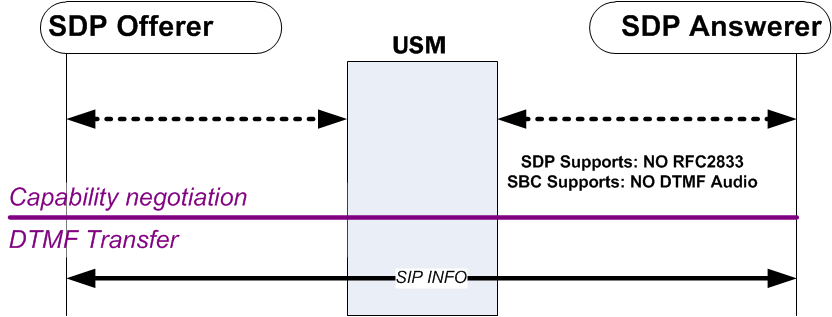

The AOR is the alias through which the endpoint can be contacted it is a SIP Uniform Resource Indicator (URI) and always takes the form domain. The SIP registrar maintains a record of the endpoint’s details against the endpoint’s AOR. Note that the use of UDP is not recommended for video because SIP message sizes are frequently larger than a single UDP packet.įor a SIP endpoint to be contactable via its alias, it must register its Address of Record (AOR) and its location with a SIP registrar. The Expressway can also provide interworking between SIP and H.323, translating between the two protocols to enable endpoints that only support one of the protocols to call each other.Īt least one of the SIP transport protocols (UDP, TCP, or TLS) must be active. It can act as a SIP registrar, as a SIP proxy, and as a SIP Presence Server. Session management provides the ability to control the attributes of an end-to-end call. Signaling allows call information to be carried across network boundaries. Like other Voice over IP (VoIP) protocols, SIP is designed to address the functions of signaling and session management within a packet telephony network. Normally SIP over UDP is not recommended because SIP messages for video systems are too large to be carried on a packet-based (rather than stream-based) transport. Port 5060 is commonly used for nonencrypted signaling traffic, whereas port 5061 is typically used for traffic encrypted with Transport Layer Security (TLS). SIP clients typically use TCP or UDP on port numbers 5060 or 5061 for SIP traffic to servers and other endpoints.

SIP can be carried by several transport layer protocols including Transmission Control Protocol (TCP) and User Datagram Protocol (UDP). The Cisco SIP implementation enables supported Cisco platforms to signal the setup of voice and multimedia calls over IP networks. The current RFC 3261 (July 2002) makes the original RFC 2543 obsolete and has had many updates. SIP was originally standardized with IETF Request for Comments (RFC) 2543, “SIP: Session Initiation Protocol,” published in March 1999. SIP is an alternative protocol developed by the Internet Engineering Task Force (IETF) for multimedia conferencing over IP. Session Initiation Protocol (SIP) is an ASCII-based, application-layer control protocol that can be used to establish, maintain, and terminate calls between two or more endpoints.


 0 kommentar(er)
0 kommentar(er)
